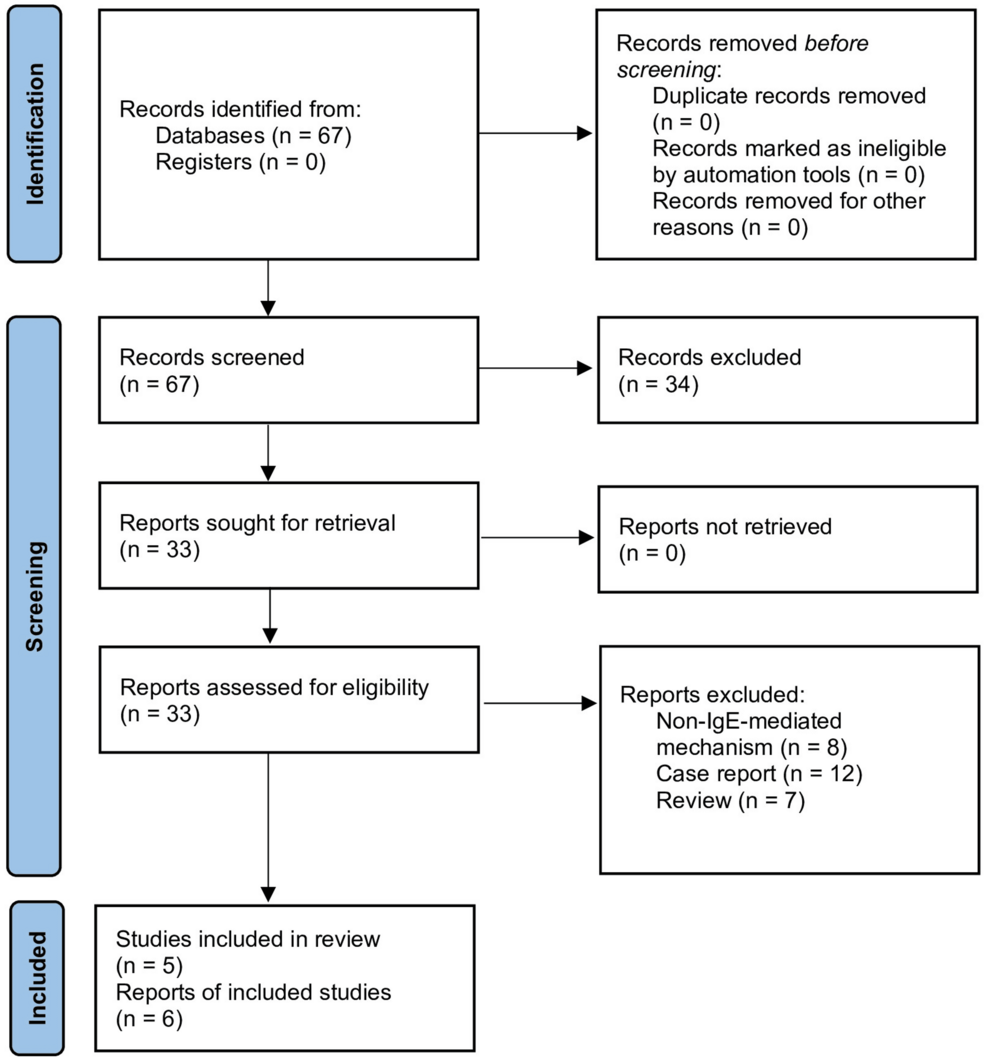Researchers have shown that young rats fed a ketogenic diet – a diet with high fat and low carbohydrates – are protected from the lasting experience of pre-natal stress. This work, which needs to be confirmed in humans, is presented…
Category: 6. Health
-

Different Types Of Depression Linked To Different Cardiometabolic Diseases
It is known that depression is linked to increased incidence of metabolic diseases; now scientists have discovered that different types of depression are linked to different cardiometabolic diseases. This work is presented at the ECNP…
Continue Reading
-

1 in 8 Chd women at risk as breast cancer cases rise by 8% | Chandigarh News
Chandigarh: A new report from the 2018-2021 Non-Communicable Disease (NCD) registry revealed a shocking 8.2% increase in the incidence of breast cancer in Chandigarh. This places the city at the fourth slot nationally for high incidence of the…
Continue Reading
-

Eye retinas can ‘reconnect’ themselves to maintain vision
Retinitis pigmentosa is a genetic disease that slowly damages the retina and affects roughly 1 in 3,500 to 1 in 4,000 people in the United States and Europe. It often starts with night blindness and then narrows side vision over years.
A new mouse…
Continue Reading
-
Covid virus changes sperm in mice, may raise anxiety in offspring: study
Covid-19 infection causes changes to sperm in mice that may increase anxiety in their offspring, a study released Saturday said, suggesting the pandemic’s possibly long-lasting effects on future…
Continue Reading
-
Study finds women have higher genetic risk of depression – Japan Today
- Study finds women have higher genetic risk of depression Japan Today
- Genetics play a role in higher depression risk for women: study Dawn
- ‘No major trigger, but I felt worthless’: Why women are twice as likely to suffer from depression than…
Continue Reading
-

Alzheimer’s May Not Actually Be a Brain Disease, Reveals Expert : ScienceAlert
The pursuit of a cure for Alzheimer’s disease is becoming an increasingly competitive and contentious quest, with recent years witnessing several important controversies.
In July 2022, Science magazine reported that a key 2006 research paper,…
Continue Reading


